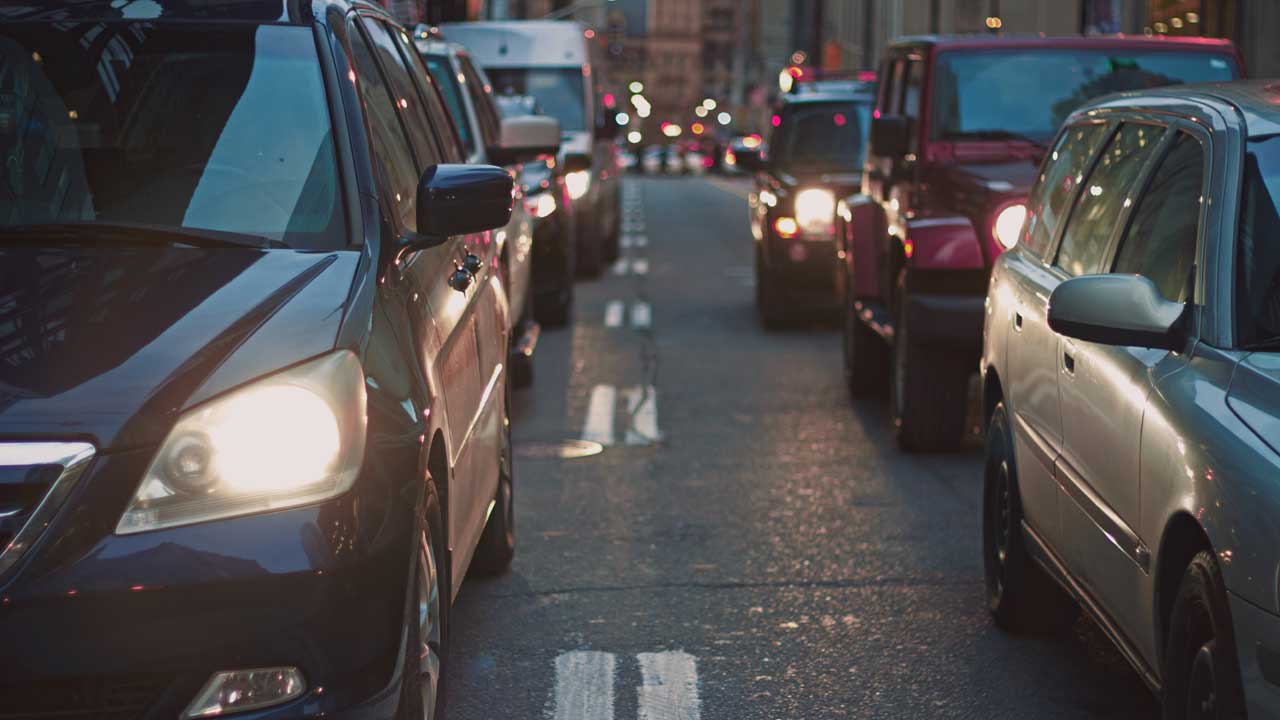Cars should disappear from Berlin’s interior. At least that is what the “Berlin car-free” initiative wants. Private individuals should therefore only be allowed to drive in the zone under certain conditions.
Will Berlin soon be car-free? The initiative “Berlin car-free“ would like to use a referendum to stop traffic in the Berlin environmental zone, within the S-Bahn ring, as much as possible. The area should then only be available for commercial and public transport – taxis, craftsmen, police, delivery and rescue services. Private individuals are only allowed to drive in this zone twelve times a year for 24 hours each with a permit. Excluded from this are physically handicapped people who are dependent on the car. For a special use in addition to the twelve trips, a further permit is required.
Im bill The use of the car-free inner city is limited to pedestrian traffic, bicycle traffic, local passenger traffic, small electric vehicles and motor vehicles with a maximum speed of 20 m/h.
The initiative wants to improve the air quality in Berlin, and traffic noise should also be reduced, fewer people would be injured or killed in traffic, and cars would no longer take up as much public space as they do now.
Senate rejects draft
The Berlin Senate rejected the bill on duty. “We are both convinced that the draft law is not suitable for achieving the goals that we are pursuing with the Berlin mobility turnaround,” said Transport Senator Bettina Jarasch (Greens) after the Senate session. The entire area within the S-Bahn ring is at least 88 square kilometers, argued Jarasch. So far, no other European metropolis has had such a large car-free zone.
Above all, the Senate fears that the problems would shift from the city center to the districts outside the S-Bahn ring – noise, exhaust fumes and additional traffic when looking for a parking space, for example, would then increase there, as Jarasch listed. Red-Green-Red also wants to strengthen the outskirts of the city in terms of transport policy. A city-wide approach is therefore necessary.
The Senate shares the basic goal of the referendum to reduce car traffic, said the Green Transport Senator. However, the car driving ban provided for in the draft law would not accelerate the mobility turnaround.
The interior administration had also expressed legal concerns about the draft law last week. In their opinion, it violates the Basic Law because it involves disproportionate interference with general freedom of action. The number of permitted private trips of initially twelve per year is too rigid and too low.
Now the state parliament is deliberating
Jarasch announced that the interior administration would submit the draft law to the state constitutional court within 14 days. Until a result is available, the referendum will not go to the next phase. It is difficult to estimate how long the process will take.
In addition, the House of Representatives still has to deliberate on the draft law. However, it is obvious that the state parliament should first wait for the decision of the constitutional court before dealing with the issue.

If the members of parliament then completely reject the concerns of the initiative or do not adopt the essential content for a corresponding law, the initiative can demand that the referendum be carried out. In a next step, you would then have to collect around 175,000 signatures in order to carry out a vote. In the first phase of the referendum last year, more than 50,000 Berliners signed. 20,000 valid votes were required.
The fact that the state constitutional court now has to examine the proportionality of car traffic in Berlin is a great opportunity for the traffic turnaround, said the spokeswoman for the initiative, Marie Wagner. “Our law will stand up in court.” Co-spokesman Benni Wasmer said it fits with the despondent transport policy of recent years that the Senate is now bringing the bill to court ahead of schedule. “If the court approves our law as expected, we will get new impetus for the next signature phase and the referendum.”
With material from the dpa
** marked with ** or orange underlined Some links to sources of supply are affiliate links: If you buy here, you actively support Utopia.de, because we then receive a small part of the proceeds from the sale. More info.
Do you like this post?
Thank you for your vote!
–
–


